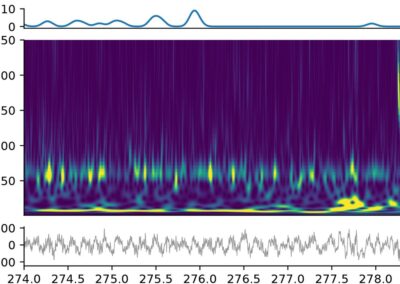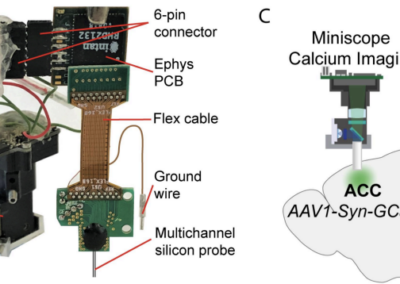In 2019, Jordy Tasserie and colleagues published their design for a tool called Pypreclin in the journal NeuroImage. Pypreclin processes raw macaque fMRI images using algorithms embedded in an automatic pipeline. This Python module builds upon their previous preprocessing pipeline, the NeuroSpin Macaque (NSM) pipeline. The authors compared the results of Pypreclin to NSM and through the use of the neuroimaging Data-Exchange open access platform, they could further validate the use of Pypreclin on monkey fMRI images from other institutions. __________________________________________________________________________________________ Studies that utilize monkeys for fMRI data have unique challenges when it comes to the preprocessing of images. While macaques often have their head-fixed during awake imaging and are first trained with a mock scanner, the problems created by small body movements and chewing when food/fluid is used as a reward, are significant. These movements result in distortions within the images and have an effect on signal stability, which are then addressed during the preprocessing of the data. Preprocessing seeks to clean and normalize fMRI data to reduce detection of false positive errors. By creating a fully automatic pipeline that also allows for manual initialization, the development of Pypreclin allows for a flexible, but less time-consuming preprocessing stage. Pypreclin is made up of 10 steps that seek to address the problems created by artifacts in relation to body movements, the presence of extracranial tissue, and other factors like intracranial implanted electrodes. The authors tested the effectiveness of Pypreclin by applying it to fMRI data that demonstrates the various experimental conditions that are often used in macaque fMRI studies. This includes both awake and anesthetized macaques, with or without an iron oxide contrast agents, using either single loop or multichannel phased-array coils, and combined with or without intracranial implanted electrodes, for a total of four experimental conditions with 16 theoretical combinations (however, they only acquired fMRI data in 9 different combinations). Then they performed both resting state and auditory evoked fMRIs and compared it to their previously developed preprocessing pipeline, NeuroSpin Macaque (NSM). Finally, the researchers applied Pypreclin to other monkey fMRI images that were taken at other institutions using different protocols through the use of the Primate neuroimaging Data-Exchange open access platform. Tasserie and colleagues successfully applied Pypreclin to all of the experimental conditions of the macaque fMRI data, whereas the NSM pipeline was only able to successfully preprocess 3 of the 9 experimental conditions. The authors also found that compared to the NSM pipeline, Pypreclin was able to achieve more accurate locations of auditory evoked activations in relation to the gray matter at corrected level in the awake fMRI condition. Finally, the authors were able to successfully apply Pypreclin to monkey fMRI data obtained from other institutions using different protocols, demonstrating its broad effectiveness. The code for the Python based macaque fMRI preprocessing pipeline, Pypreclin, is available in its entirety for free at GitHub. The authors hope that by making their code open-source, the primate neuroimaging community will be able to standardize fMRI preprocessing. This project is an excellent example of the importance of open-source data, as the authors used open-source data to complete this project, which is now also available in an open-source form. This research tool was created by your colleagues. Please acknowledge the Principal Investigator, cite the article in which the tool was described, and include an RRID in the Materials and Methods of your future publications. Project portal RRID:SCR_021473; Software RRID:SCR_021526 Get access to the code from GitHub. Learn more about the PRIMatE Neuroimaging Database. This project summary is a part of the collection from neuroscience undergraduate students in the Computational Methods course at American University.Pypreclin

Read the Documentation
PRIMatE Database
Thanks Nicole!
Have questions? Send us an email!








